LED vs incandescent lights, have you ever compared the two technologies? We’ll compare them and take a closer look at their advantages and potential downsides.
What is an Incandescent Light?
Incandescent lights produce light by heating an internal wire filament. The wire is encased in the glass bulb, which is either a vacuum or filled with inert gas.
Benefits of Incandescent Lights
Comparing incandescent vs LED highlights the advantages. Incandescent bulbs are cheaper to manufacture. You also aren’t going to have problems finding the right incandescent bulb for your fixture. The bulbs can work with either AC or DC power and are available in a range of voltages.
Incandescent bulbs also have a good color rendering index (CRI). You can expect the CRI rating to stay well above 90%, even as the bulb heats up.
Downsides of Incandescent Lights
Incandescent bulbs come with a few major and minor downsides.
- Incandescent bulbs are not energy efficient. The bulbs have an efficiency rating of around 10 lumens with the other 90% going towards energy consumption
- The bulbs have a short lifespan. Most incandescent bulbs only last for about 1,200 hours. You will need to purchase anywhere from 50 to 100 incandescent bulbs to equal the lifespan of a single LED light.
A minor drawback to using incandescent lights is the bulbs are omnidirectional. It means the light’s direction is 360 degrees, making it less effective at illuminating a space.
Where Will You Find Incandescent Lights?
Incandescent lights are often used in residential settings. The bulbs are typically used for interior lighting. Their short lifespan and lack of energy efficiency make them ill-suited for outdoor use.
What Are LEDs (Light Emitting Diodes)?
LEDs use diodes to direct electricity flow. The diode has two electrodes that allow electricity to flow in a single direction. The diodes are typically made from solid-state substances like selenium or silicon. As the electrical current passes through the material, light is emitted.
Benefits of Using LEDs
Some of the advantages associated with using LEDs include the following.
- LEDs have a longer lifespan compared to incandescent bulbs. LEDs often last between 50,000 to 100,000 hours, while incandescents need replacing after 1,200 hours or so.
- LEDs are energy-efficient.
- Offer improved light quality
- Limited maintenance requirements
Switching to LED lights also come with a few perks.
- You have fewer accessories for easier maintenance
- LEDs can generate a full spectrum of light colors without the need for filters
- The lights are naturally directional at 180 degrees
- LEDs are smaller in size than incandescent bulbs
- You get a faster warm-up time with LEDs
Downsides of LED Lights
LEDs come with multiple advantages, but there is also a potential downside. LEDs are more expensive than incandescents, but the price is continuing to drop.
For those considering and LED retrofit, we have an entire blog series dedicated to walking you through how to calculate your savings when switching to LED. This is a five-part series that includes all of the calculations you need. Click here to read the full series.
Where Will You Find LEDs?
LEDs began in computers, but the lights have a broad application. You can find LEDs in signs, traffic lights, and exterior lighting. LEDs are also used in interiors.
Comparing Incandescent Lightbulbs vs LEDs
Incandescent bulbs may be cheaper than LEDs, but they are not energy efficient. You also need to replace incandescents more often. Here are some other comparisons between LEDs and incandescent lights.
Correlated Color Temperature
LEDs are available in a range of color temperatures from warm yellow light to a cool blue, spanning from 2200K to 3000K. Newer LEDs also have selectable color temperatures and wattages.
Incandescents are also available in a variety of color temperatures but are also limited to soft white (2700K-3000K), cool white (3500K – 4100K), and daytime (5000K-6500K).
CRI
The CRI for LEDs depends on the type of lightbulb, giving you a broad range from 65-95. In comparison, incandescents tend to stay above 95, even when the color temperature increases.
Turning On/Off (Cycling)
LEDs and incandescents do not require a warm-up or cooling down period. Both types of lighting turn on and off instantaneously, without flickering.
Dimming
You can use a dimming switch with LEDs and incandescent bulbs. The primary difference is in the type of control you use. LEDs are not compatible with incandescent dimmer switches and visa-versa.
Directionality
LEDs are better at directionality or sending the light to the desired area than incandescents. Unlike incandescents that emit light 360 degrees, LEDs have a 180-degree directionality. It is easier to direct the light, and you also eliminate waste.
Efficiency
Comparing incandescent vs LED lights includes looking at efficiency. Incandescents waste up to 90% of energy, while LEDs are extremely energy-efficient. Around 10% of the light from incandescents reaches the target area, while LEDs are around 50 lumens.
Efficiency Droop
Both LEDs and incandescents maintain their luminescence throughout the bulb’s lifespan, but LEDs last noticeably longer.
Emissions
Incandescent bulbs do release infrared light or heat, unlike LEDs that typically remain cooler.
Heat Emissions
Around 90% of the emissions from incandescent bulbs is heat, while LEDs barely emit any warmth.
Failure Characteristics
LEDs typically dim gradually over time, allowing you to replace the bulbs before the end of their lifespan. Incandescents tend to fail suddenly with little to no warning.
Foot Candles
A foot candle is a measurement referring to the amount of light reaching the target area.
LEDs are more efficient than incandescents which are omnidirectional bulbs.
Lifespan
Incandescents have the shortest lifespan, compared to LEDs. Incandescents last around 1,200 hours, while LEDs have a lifespan ranging from 25,000 to 200,000 depending on the fixture.
Lifetime Costs
LEDs are priced higher than incandescents, but they also have a longer lifespan. You end up spending more on replacement incandescents than you do with LEDs.
Maintenance Costs
Incandescents are more expensive to maintain than LEDs. You can expect to replace around 20 to 50 incandescents, compared to LED bulbs.
Upfront Costs
LEDs are priced noticeably higher than incandescents, sometimes by as much as 100%.
Shock Resistance
Compared to the solid-state LEDs, incandescent bulbs are extremely fragile, plus LEDs are shock resistant.
Size
LEDs can be scaled down or up to fit almost any light fixture. Incandescents are also scalable, but not to the extent of LEDs.
Cold and Heat Tolerance
Incandesce bulbs can take a little longer to turn on in cold weather, while LEDs work seamlessly in temperatures of minus 40 degrees Celsius. LEDs are also rated for use in temperatures up to 100 degrees Celsius. There isn’t any information on incandescents and their heat tolerance.
Warm-Up Time
LEDs do not have a warm-up time, but incandescents can take a second to turn on during cold weather.
Warranty
LEDs typically come with warranties and incentives ranging from five to ten years. The short lifespan of incandescent bulbs negates the need for any warranties.
LED Retrofits with Action Services Group
Contact us today and start planning your lighting project and maximizing your savings. Call 610-558-9773, email [email protected], or schedule a call that fits your needs by clicking the button below.

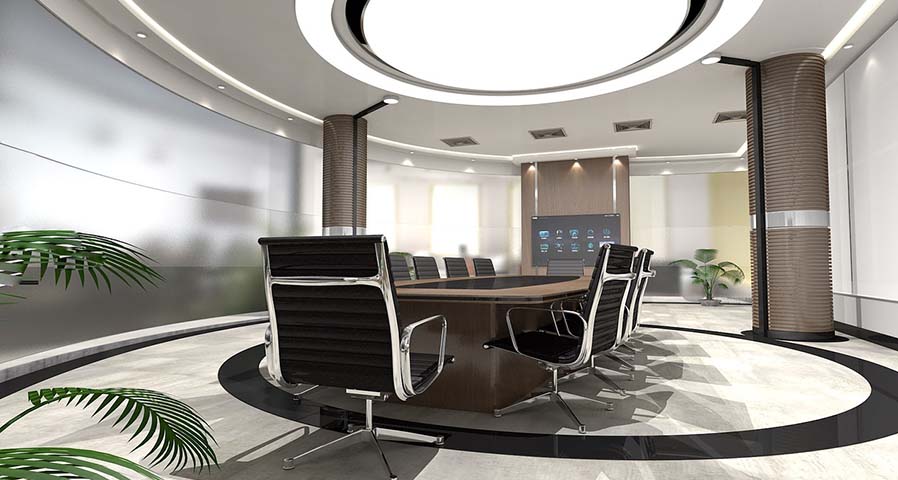
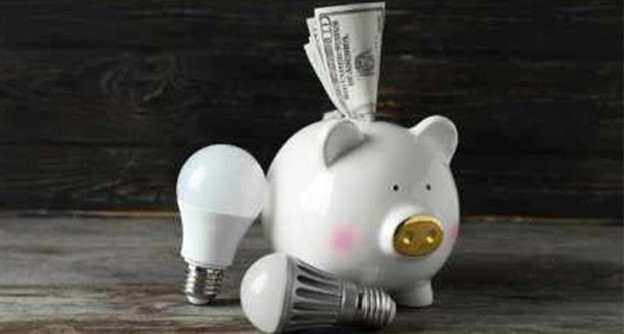
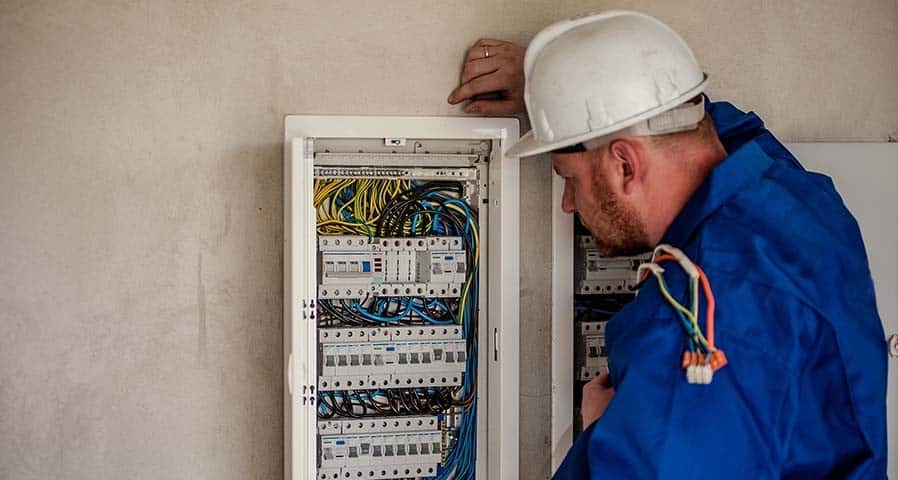
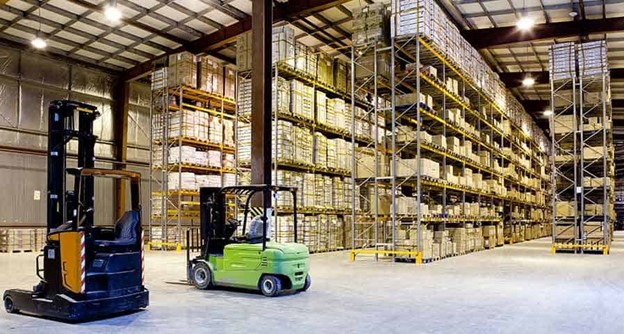
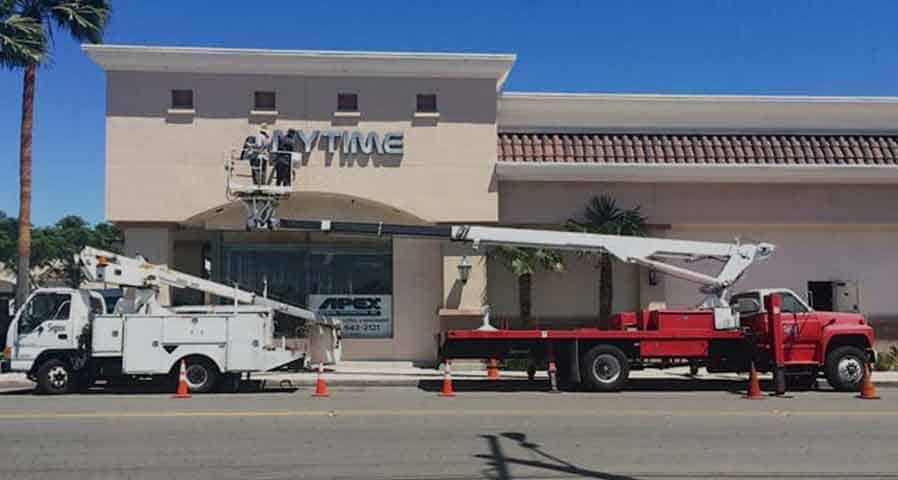

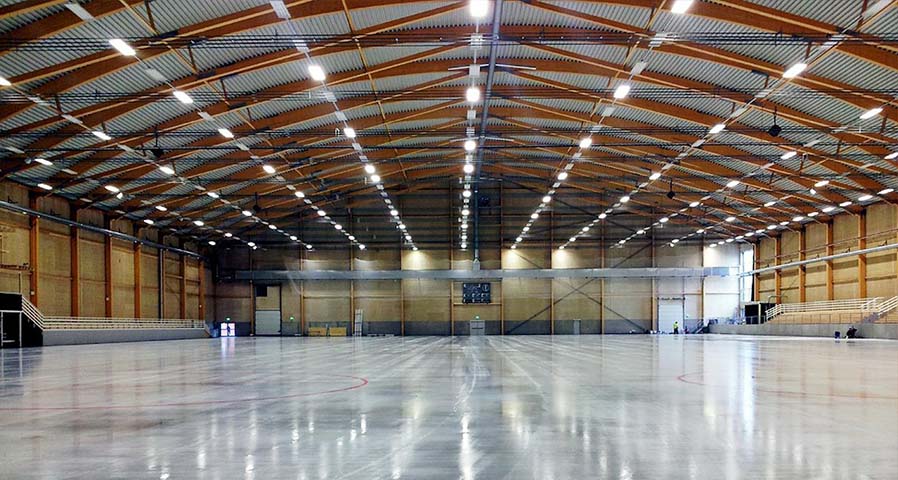








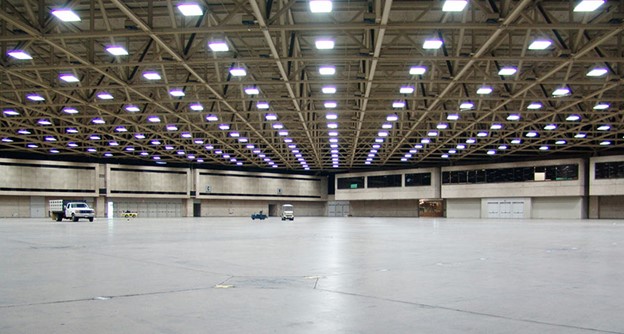


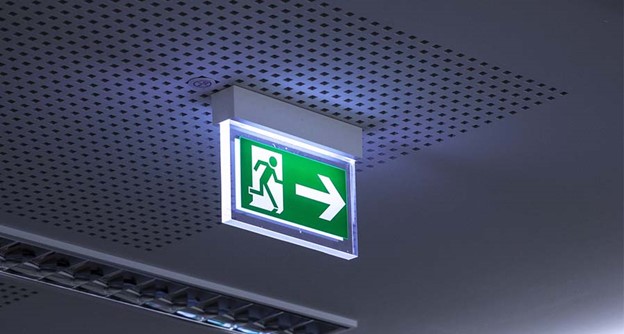
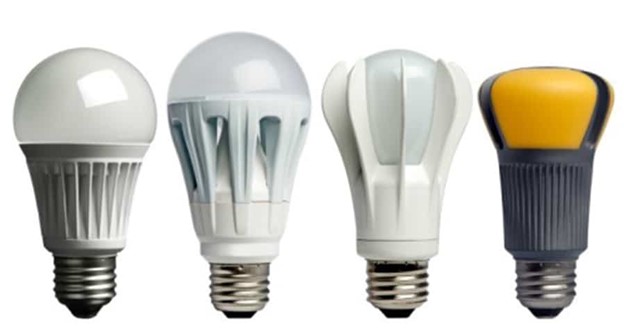
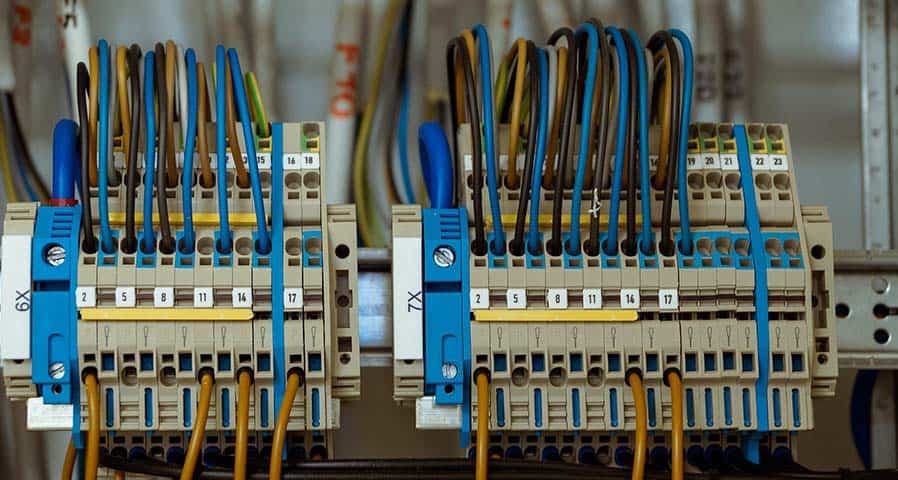
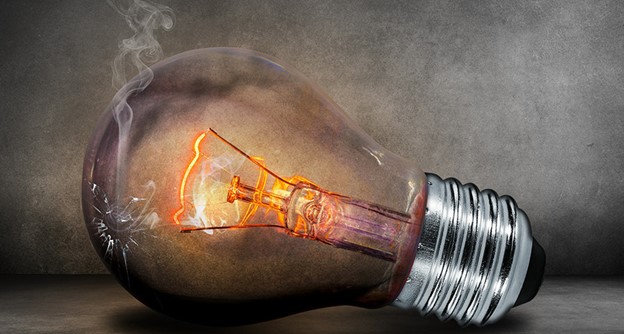


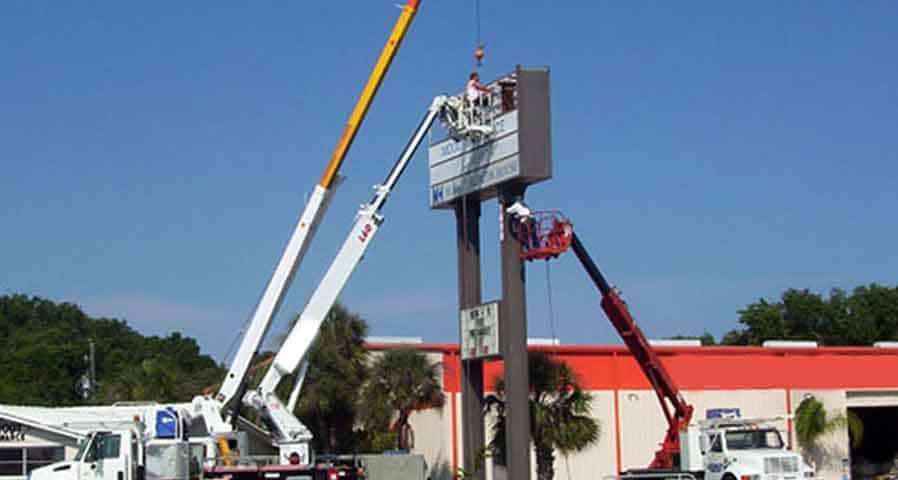

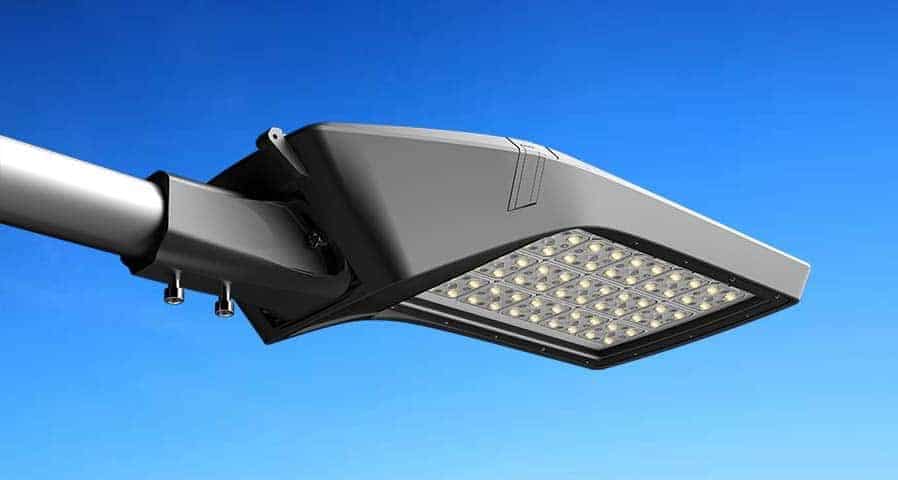
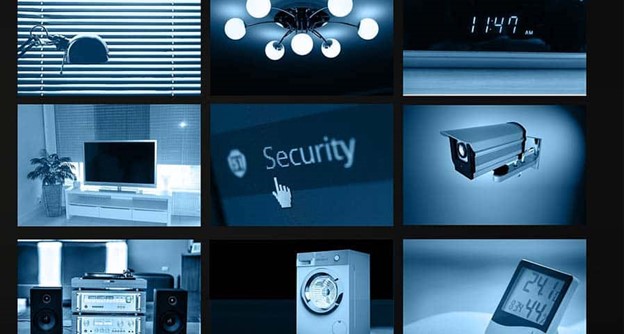

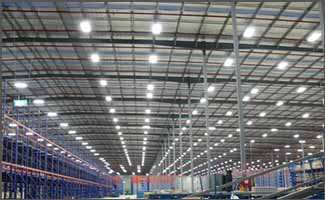
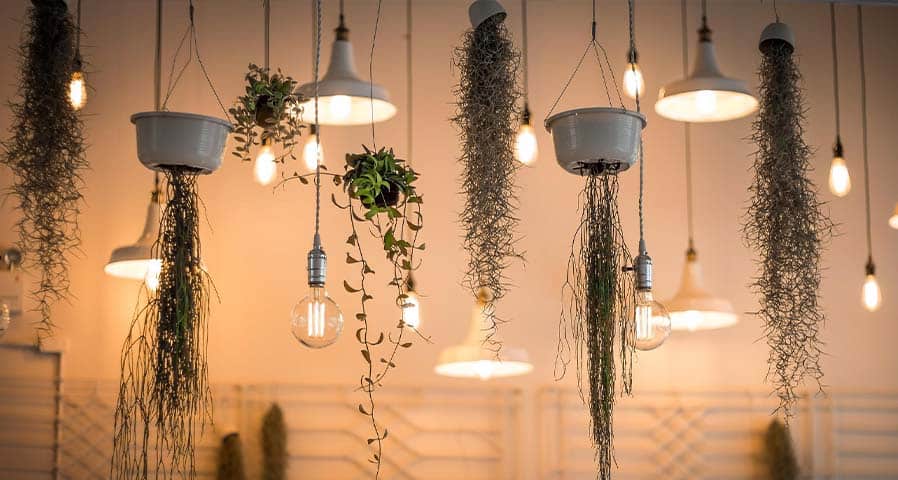







0 Comments